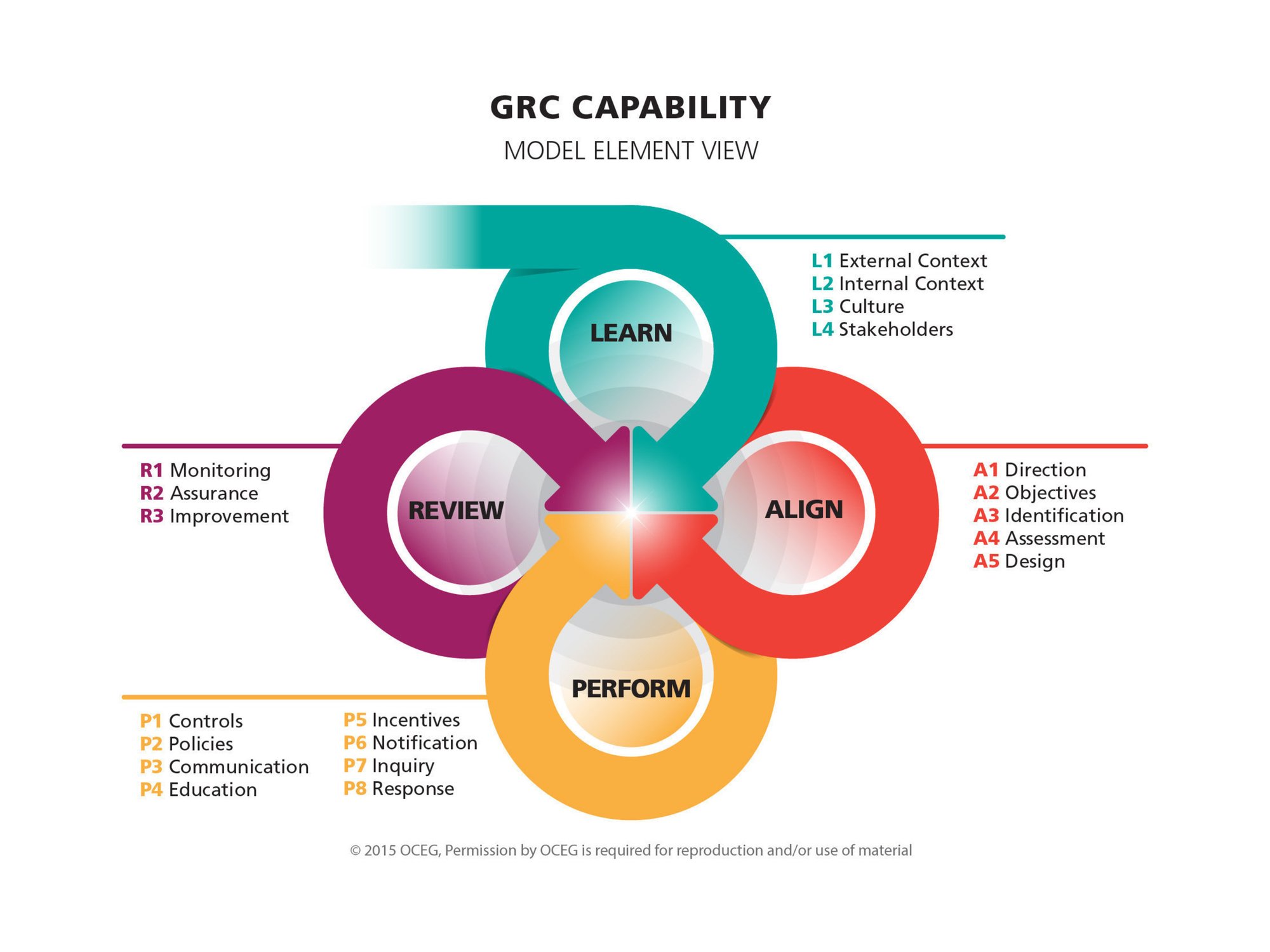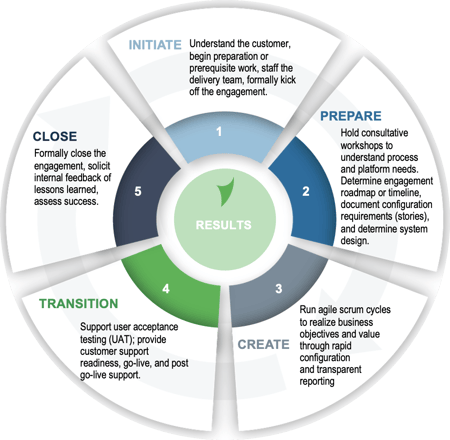Free Vendor Risk maturity assessment to determine your baseline
Third-party risk management refers to the systematic process of identifying, assessing, and mitigating risks associated with engaging external vendors, suppliers, and partners. As organizations increasingly rely on third parties to support their operations, it becomes crucial to evaluate and manage the potential risks they bring.
Third-party risk management involves various activities such as vendor selection, due diligence, contract negotiations, and ongoing monitoring. It aims to ensure that third parties meet the organization's standards for compliance, security, privacy, and operational resilience.
The process typically includes risk assessments, where potential risks are identified, analyzed, and prioritized. Mitigation strategies are then developed and implemented to minimize the identified risks. Ongoing monitoring and periodic reassessments are essential to ensure that third parties continue to meet the organization's risk requirements.
Effectively managing third-party risks offers several benefits, including protecting the organization's reputation, safeguarding sensitive data, maintaining regulatory compliance, and minimizing disruptions to operations. By implementing robust third-party risk management practices, organizations can make informed decisions, strengthen their vendor relationships, and mitigate potential risks that could impact their business.
Strategic and Advisory Services for GRC Programs maximize program potential while helping to avoid common pitfalls

Implementing third-party risk management programs can present various challenges for companies. Here are some common ones:
1. Lack of Visibility: Companies often struggle to gain comprehensive visibility into their third-party landscape, including the number of vendors, their activities, and associated risks. Limited visibility makes it difficult to prioritize and address risks effectively.
2. Resource Constraints: Allocating sufficient resources, both in terms of personnel and technology, can be a challenge. Establishing a robust program requires dedicated staff, tools for risk assessments and monitoring, and ongoing resources for vendor due diligence and oversight.
3. Complex Vendor Ecosystems: Managing risks across a diverse and complex vendor ecosystem can be overwhelming. Companies may engage numerous third parties with varying risk profiles, making it challenging to assess and monitor risks consistently.
4. Inadequate Due Diligence: Conducting thorough due diligence on third parties can be time-consuming and resource-intensive. Companies may struggle to gather necessary information, evaluate vendors' cybersecurity posture, and ensure compliance with relevant regulations.
5. Contractual Challenges: Negotiating and enforcing risk management provisions in contracts with third parties can be complex. Balancing the need for robust contractual protections with vendors' willingness to agree to those terms can pose challenges.
6. Changing Risk Landscape: The risk landscape is dynamic, with new threats and regulatory requirements constantly emerging. Keeping up with evolving risks, industry standards, and regulatory changes requires ongoing monitoring and adjustment of risk management strategies.
7. Lack of Standardization: Establishing consistent risk management processes and metrics across the organization can be challenging. Different business units or departments may have varied approaches, making it difficult to aggregate and compare risk information effectively.
Addressing these challenges requires a proactive approach, commitment from senior management, adequate resource allocation, and the use of technology solutions that streamline third-party risk management processes. Collaboration with stakeholders, continuous monitoring of vendors, and regular reassessment of risks are essential for successful implementation.
You can automate any process, but is it a best practice GRC business process? Effective GRC implementation projects are impossible without the expertise in business processes. Each engagement is carefully staffed with at least one consultant who brings to the table extensive experience as a GRC practitioner or holds the prestigious OCEG certification.


Our certified GRC Consultants truly understand how to implement Third Party Risk Management. Learn more about our methodology for Implementation Services and our team that makes it all possible
Are you relying solely on your vendors to provide accurate and honest responses to assessments? Enhance your TPRM process by incorporating a vendor scoring solution to add an additional layer of verification and accountability!
We are GRC people, not pushy sales people. We operate in a no pressure environment, where we simply enjoy discussing GRC. Let's start a conversation and explore how Verterim can help you navigate the world of GRC with confidence.
We Know GRC